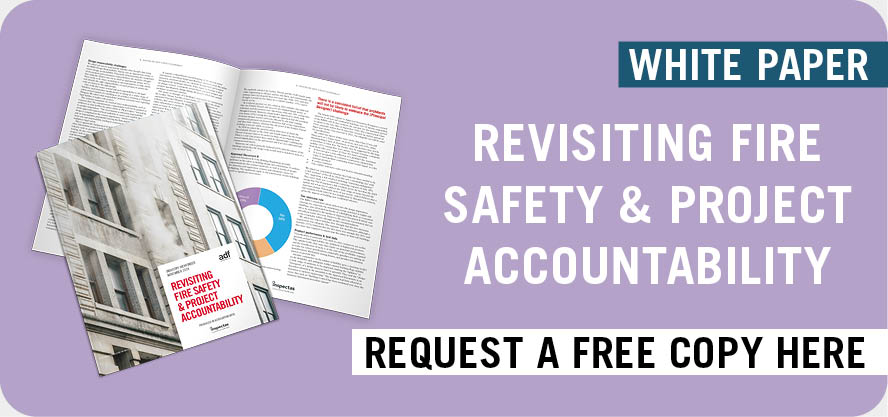The climate is changing, and that means buildings will have to adapt to more extreme weather conditions, from flooding to higher temperatures in summer.
At the same time, homes must also become more eco-friendly to avoid exacerbating climate change even further. So if you’re building a home, this means there are several adaptations to consider at design and construction stage. Here’s all you need to know about building homes fit for the future, no matter what the weather throws at them.
Heating
After 2025, gas boilers will no longer be installed in new homes in the UK as part of efforts to reach net zero emissions by 2050. You can get ahead of the curve by making sure any heating systems you install are renewable and efficient. Heat pumps are one popular option as they’re able to both keep a home warm in winter and pump cool air around it in summer – perfect for hotter weather. Solar panels on roofs can also be used to generate clean electricity.
Insulation
A renewable energy system is no use if the home you build isn’t properly insulated. You can use wall and roof insulation to reduce the amount of energy lost from a home’s heating system. Proper insulation is a win-win for people and the planet, preventing energy from being wasted while also saving occupiers money on their bills.
Walls
When you’re building a home, it’s key to think about adaptations in relation to location. This means protecting inner and outer walls against extreme weather events. For example, if you’re building near trees or a forest, you may need to consider using fire-retardant materials in construction to reduce the risk of damage from wildfires. Or, if you’re building in a flood-prone location, you should consider what adaptations might help prevent water damage, such as flood doors or raising the electrics.
Windows
Triple glazed, air-tight windows are another great way to prevent heat from escaping a home. As with wall and roof insulation, this will save on emissions and bills at the same time.
Sustainable materials
Running a home isn’t the only source of carbon emissions. The materials you build with can also impact the carbon footprint of the construction process. This means you’ll have to think carefully about what materials to use, as well as where you’re sourcing them from. If you choose to use timber, for instance, make sure you’re buying from a responsible supplier to avoid contributing to deforestation abroad. Get it right, and the homes you build will stay standing long into the future.



